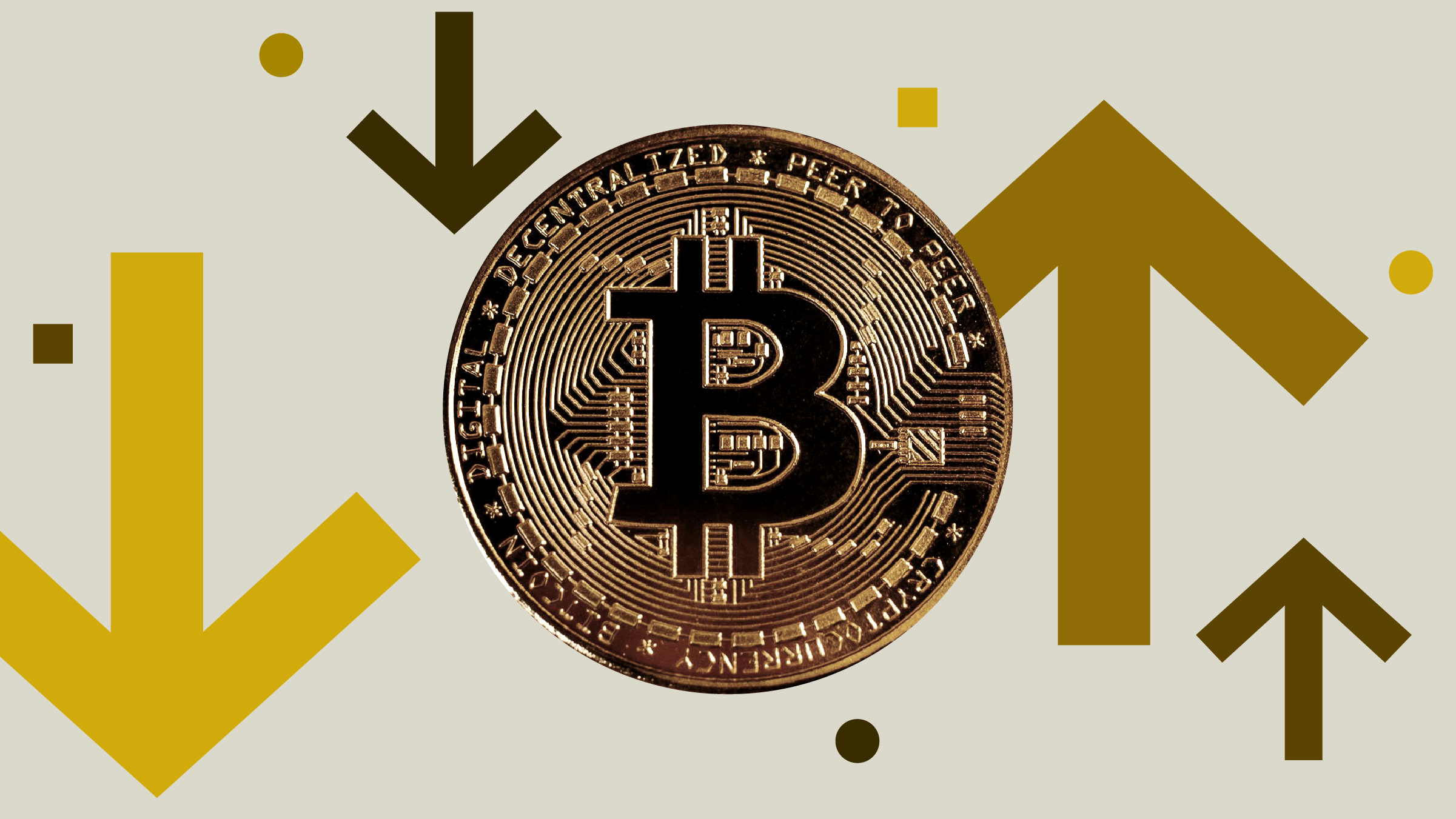20Shift: Your Daily Dose of Insight
Stay updated with the latest trends and news across various domains.
When Satoshi Met Wall Street: A Bitcoin Love Story
Discover the thrilling romance between Satoshi and Wall Street in this Bitcoin love story that could change your financial dreams forever!
The Rise of Bitcoin: A Journey from Satoshi to Wall Street
The story of Bitcoin began in 2009 when an enigmatic figure known as Satoshi Nakamoto introduced a revolutionary concept: a decentralized digital currency that operates without a central authority. This groundbreaking idea was encapsulated in a whitepaper that detailed how blockchain technology could enable peer-to-peer transactions. Over the years, Bitcoin transformed from a niche digital asset used primarily by tech enthusiasts and libertarians into a robust and widely accepted form of currency. Events such as the first recorded Bitcoin transaction for pizza in 2010 and the skyrocketing price during the 2017 boom brought it into the mainstream, captivating the attention of investors and the general public alike.
As Bitcoin's popularity surged, so did its financial implications, culminating in its entry into Wall Street. The establishment of Bitcoin futures in late 2017 marked a pivotal moment, allowing traditional investors to speculate on its price without directly holding the cryptocurrency. Over time, institutions began to recognize Bitcoin not just as a highly volatile asset, but also as a potential hedge against inflation and a store of value akin to digital gold. This evolution reflects a growing acceptance within financial markets, as major firms and even countries explore the integration of Bitcoin into the global economy, paving the way for a future where digital currencies could play a significant role in everyday transactions.

How Wall Street Embraced Bitcoin: A Love Affair with Cryptocurrency
The relationship between Wall Street and Bitcoin has evolved significantly over the past decade, transforming from skepticism to enthusiastic adoption. Initially dismissed as a passing fad, Bitcoin has garnered serious attention from institutional investors, hedge funds, and mainstream financial firms. This shift began when reputable investment managers recognized the potential of Bitcoin as both a store of value and a hedge against inflation. Today, established financial institutions are incorporating cryptocurrency into their portfolios, further legitimizing the digital asset within the financial landscape.
As the demand for cryptocurrency continues to rise, Wall Street has adjusted its strategies to accommodate this new asset class. Major exchanges now offer Bitcoin futures and ETFs (Exchange-Traded Funds), providing investors with easier access to digital currencies. Furthermore, firms are increasingly hiring blockchain experts and analysts to navigate this complex market. This love affair with Bitcoin is not merely a trend; it signifies a profound shift in how traditional finance views digital assets and their potential role in the future of investing.
What If Satoshi Nakamoto Met Wall Street's Biggest Players?
If Satoshi Nakamoto were to meet Wall Street's biggest players, it would undoubtedly spark intense discussions about the future of finance and the role of cryptocurrency in the global economy. On one hand, Nakamoto's vision of a decentralized financial system challenges traditional banking regulations and practices that have stood for centuries. On the other hand, Wall Street's titans could argue the necessity of regulation to safeguard investors and maintain market stability. This clash of ideologies might lead to a mutual understanding or further entrench the divide between the crypto community and traditional financial institutions.
The conversation could cover a wide array of topics, such as blockchain technology, market volatility, and the potential for Bitcoin to serve as a hedge against inflation. Wall Street moguls may present their strategies for integrating digital currencies into existing portfolios, while Nakamoto could advocate for core principles of decentralization and transparency. Ultimately, this hypothetical meeting could serve as a tipping point for both sides—paving the way for a future where cryptocurrencies and traditional finance coexist or fueling a deeper schism in the evolving landscape of global finance.